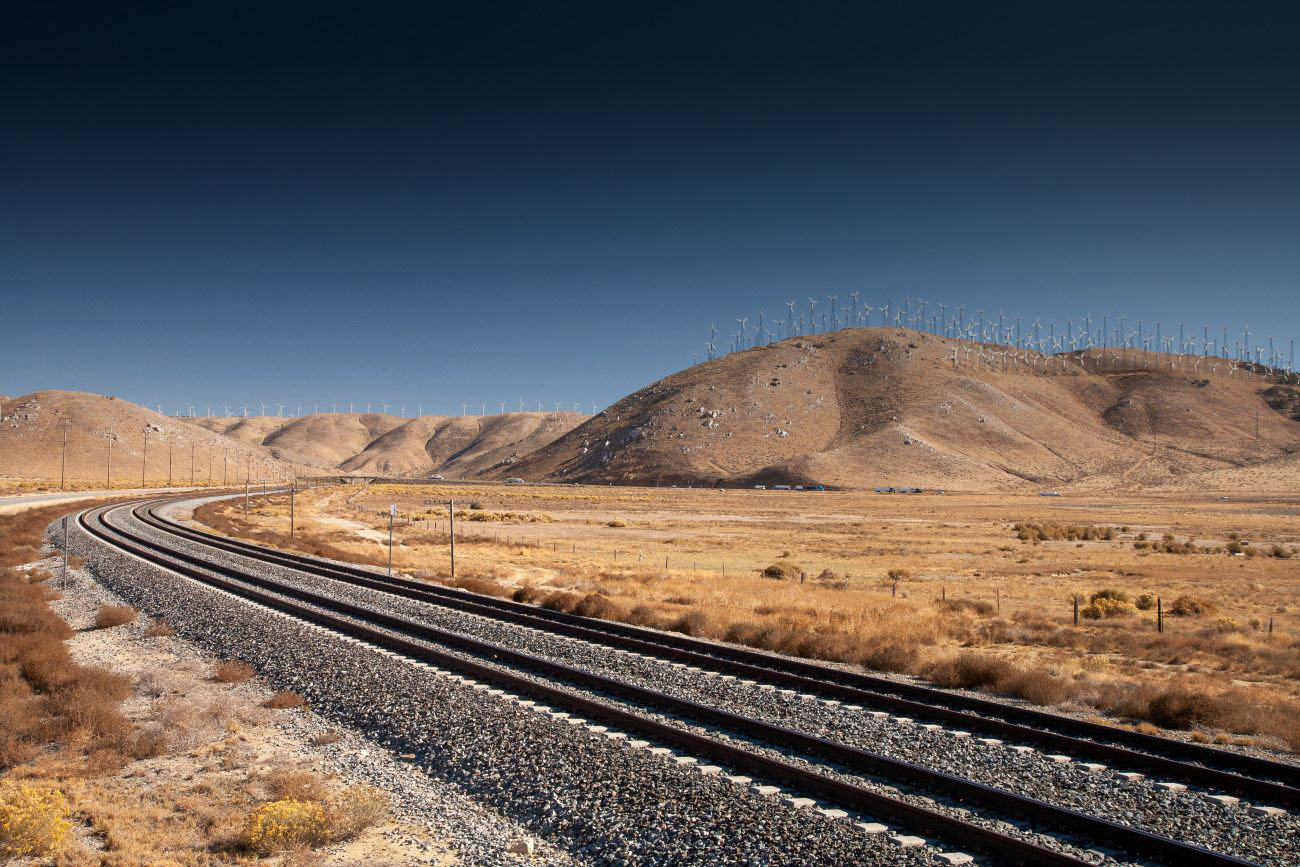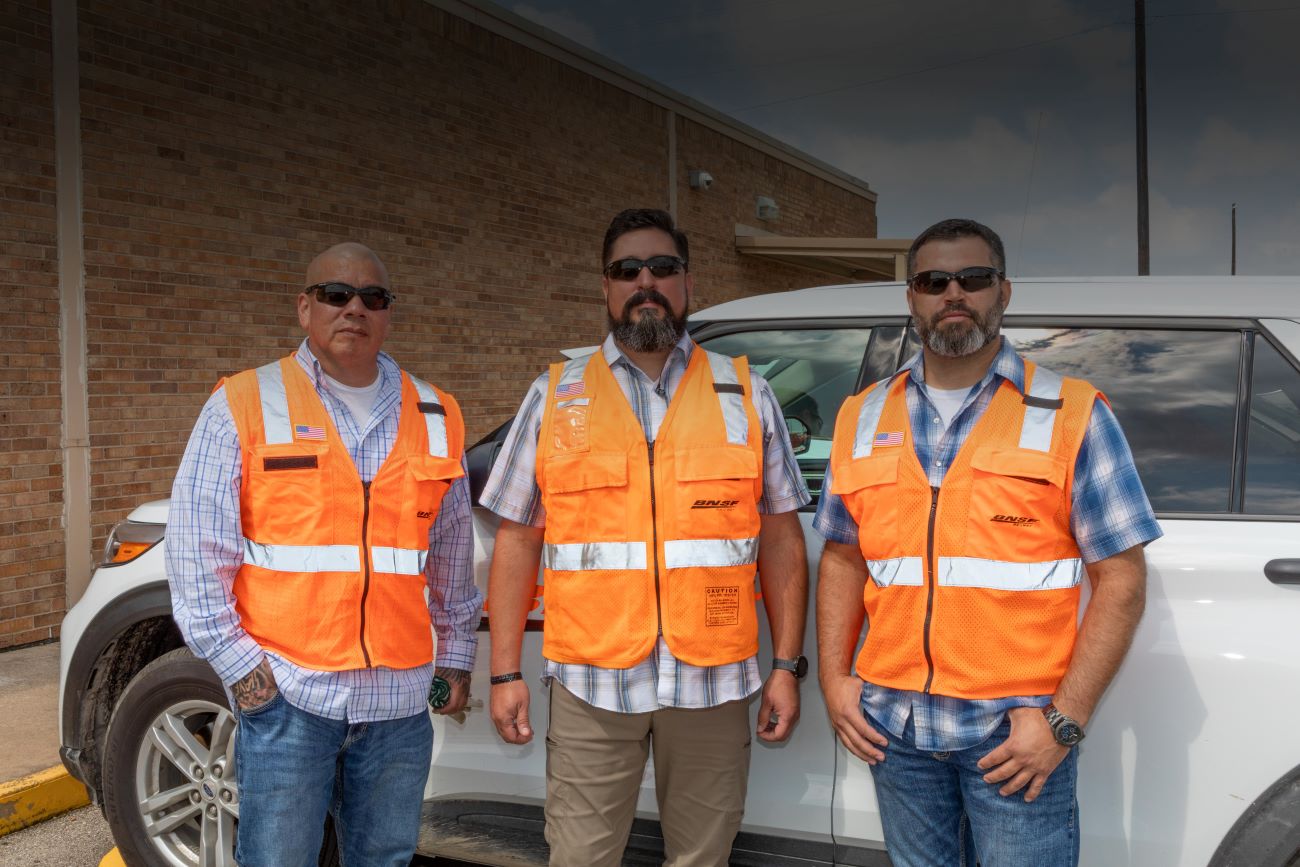Crossing replacement: What’s old is new again
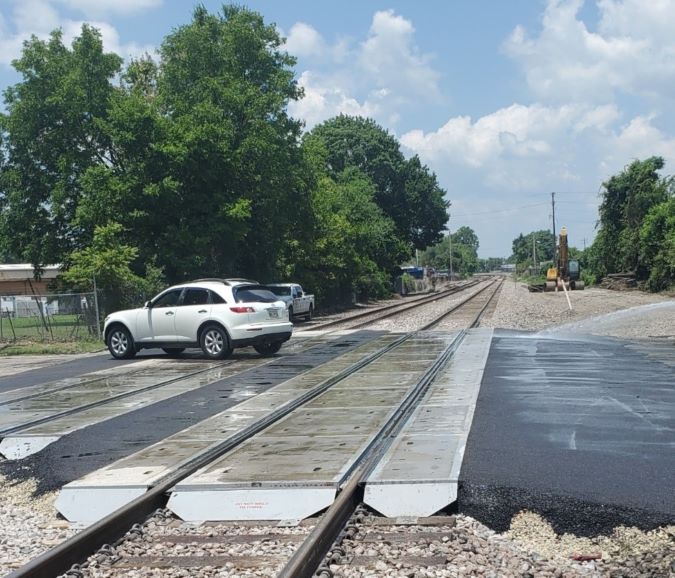
We’ve all been there: driving a vehicle over a railroad crossing that’s in need of replacement. Railroad crossings can take some serious abuse, which is why it’s important that we maintain and replace them for the safety of our train crews and the communities and customers we serve.
Rail crossings have a typical life span of about 10 years depending on the type and volume of traffic. Our Engineering teams constantly evaluate the condition of rail crossings and full replacements are scheduled as part of planned maintenance projects.
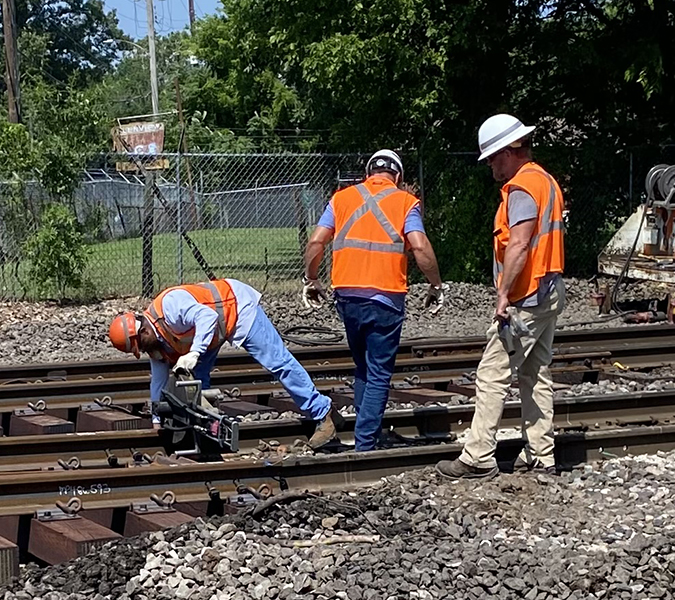
The Prep Work
Before any structural work begins, there’s a lot of planning and coordination. Joey Mitchell, general roadmaster, Memphis, Tennessee, is well versed in the process of teaming up with partners from the city, county or the Department of Transportation. Nothing moves without first having a strong project plan and timeline and then gaining the necessary closure permits.
“Those planning discussions with the key stakeholders include detour routes, providing an advanced warning signage plan and a communications strategy for the public and local first responders,” Mitchell said. “We also have to coordinate internally at BNSF so that we have enough track time on those days to complete the work.”
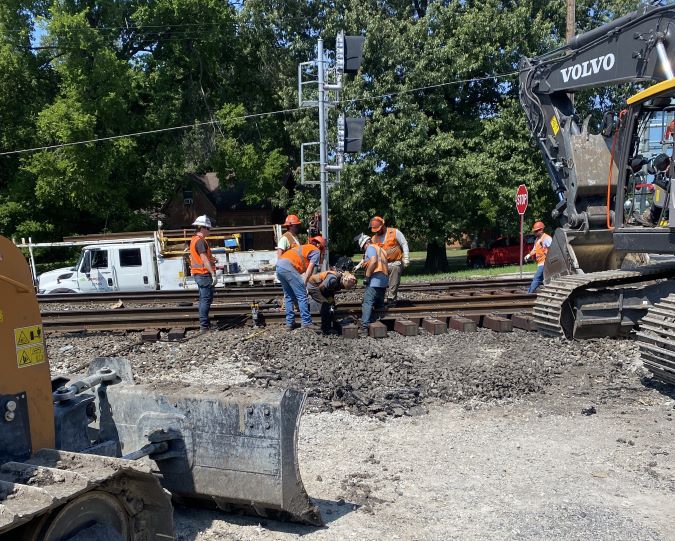
A typical crossing replacement can take 48 to 72 hours and requires full closure of the roadway. This is when building strong community relations with local officials—like we’ve done in Memphis where a crossing was recently replaced—proves its worth.
“The city [of Memphis] and BNSF have a wonderful working relationship,” Janet Prejean, rail coordinator, Memphis Engineering Department, said. “We always trust they’re going to stick with their plan and the work will be completed within the approved timeframe to minimize public disruption. BNSF always does an amazing job working and communicating with the city and rarely, if ever, do delays occur on their crossing projects.”
After the initial community planning, our Engineering team requests track maintenance windows, which are granted by the Network Operations Center (NOC), our command center. These maintenance windows—generally six to eight hours long—hold all trains on that line segment, allowing crews to safely perform the work.
The Crossing Replacement Begins
Once the maintenance window is granted, it’s time to go to work. Advance-warning and detour signs are placed and the roadway is closed. The first step is to remove the existing crossing. The asphalt apron is cut away, the crossing tops are removed, then the track panel underneath is cut away from the track.
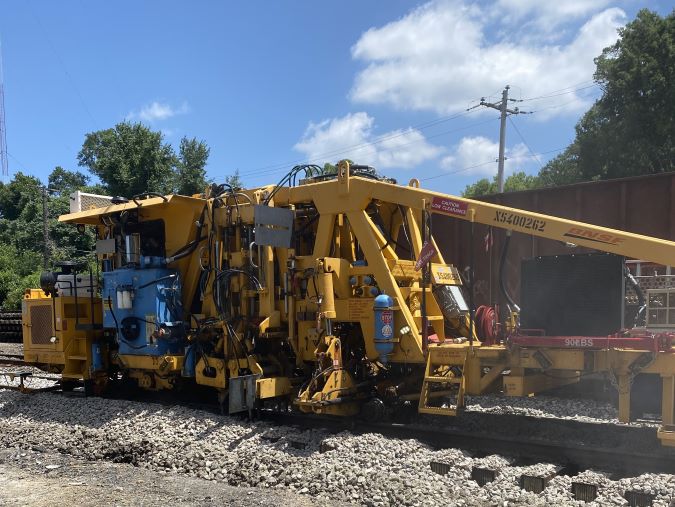
A new track panel is then placed, aligned and welded to the track. Next, hopper cars unload ballast (rock) on the track, then a tamper and regulator that smooth out the ballast follow. Once the new panel is welded into place, the maintenance window ends and a train moves over the new track panel with enough tonnage to further stabilize the track and track bed.
Next, new crossing tops are installed and asphalt is applied to the roadway side to ensure a smooth transition for vehicles traveling over the crossing.
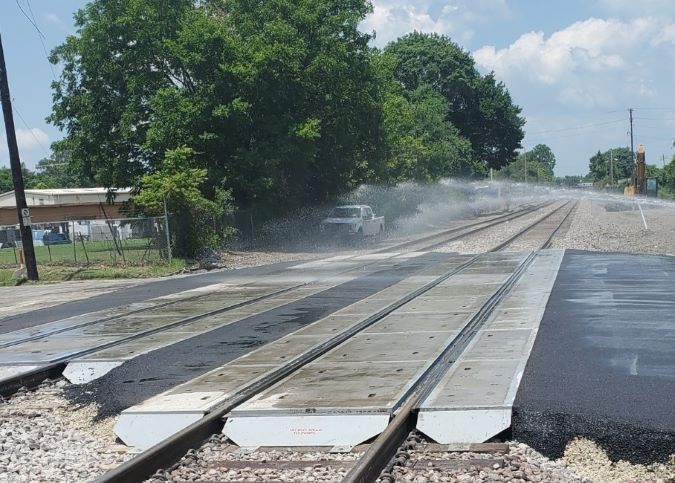
Though our Engineering teams may make it look easy, the process is anything but simple.
“There are a lot of moving pieces on these projects from mobilizing heavy equipment and welding trucks to setting and welding the panels,” Mitchell said. “While the project might seem routine, it can get a little stressful working under such tight time constraints, especially If anything unplanned comes up. We also ensure that every task on the job site is handled in the safest manner to protect our workers, so everyone is always on high alert.”
With the project complete, normal rail traffic resumes and the road is reopened for the traveling public to enjoy a smooth journey over the crossing.
